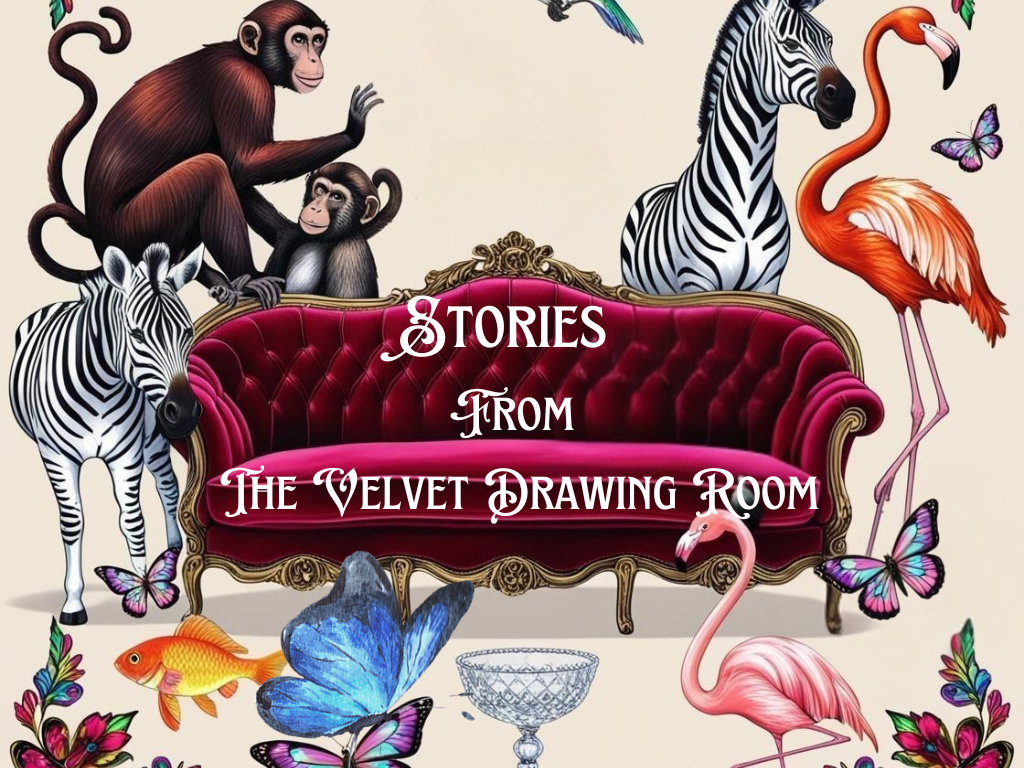John James Audubon (1785–1851)
A Victorian pioneer of art and natural science
Early life
John James Audubon (1785–1851) French-American was self-trained and was born in Haiti on April 26, 1785, in Les Cayes, Saint-Domingue. He was the illegitimate son of a married French naval officer and his local mistress who was just one of several mistresses that his father had been involved with. He was later taken back to France where his name was changed to Audubon and where was raised by his father and the wife he had previously left behind.
At the age of 18yrs in 1803, he fled France and went to Pennsylvania in the United States to avoid conscription in Napoleon’s army. He settled there and pursued various business ventures, none of which proved successful. Despite having financial challenges, he continued to pursue his passion for ornithology and art and managed to create unique techniques for depicting birds in their natural habitats.
The Birds of America
The Birds of America
John James Audubon’s famous achievement is the creation of The Birds of America (1827–1838), a huge work of 435 hand-coloured, life-sized prints. The books depicted over seven hundred species of birds, many of which were being seen and illustrated for the first time, and this work set new standards of ornithological illustration.
The illustrated plates were produced in a non-standard large folio-size. They had artistic brilliance and showed much attention to detail, and they were vivid and compelling to look at.
He sold the engravings of his original paintings through subscriptions. Vol. I was published between 1827 – 1830. John James Audubon made 433 paintings, which in turn were made into 435 plates. The plates were issued in 87 sets of five plates each.
H. Lizars engraved the first ten plates in 1826 and 1827 but was unable to continue when his studio went on strike. Audubon in turn went to the artist, Robert Havell, Senior, who worked on some of the early plates but soon afterwards felt he was too old to undertake such a grand task, so then Havell’s son, Robert Havell, Junior, started helping his father with the plates. After his father’s death in 1832, Robet Havell Junior dropped the “junior” from his name and completed the work in June 1838.
The sets could originally be ordered bound in four volumes or left unbound.
It’s estimated that between 175 and 200 complete sets of Double Elephant folios were made. Loose prints and incomplete sets are the result of subscribers’ cancellations during the printing process and also derived from extra plates that were run off by Havell himself.
The original of Volume 1 is free to view or download from the Internet Archive, and it is physically held by the Oak Spring Garden Foundation, in Upperville, Virginia. The book resource is in the public domain and may be used without restriction, however, attribution to the Oak Spring Garden Foundation is customary and asked for.


London and Europe
John James Audubon was a Fellow of both the Royal Societies of London and Edinburgh and of the Linnaean and Zoological Societies of London.
The Birds of America was published in London and Edinburgh between 1827-1838 rather than the United States because of the superior engraving techniques that were available in Great Britain at that time. The book was met with huge acclaim, and Audubon suddenly found himself famous and finally financially successful.
Audubon was a skilled naturalist as well as an artist. His observations and writings, compiled in Ornithological Biography (in five volumes) offered new insights into bird behaviour, habitats, and migration patterns. He also produced important early descriptions of North American wildlife and landscapes.
In 1826, Audubon met with the distinguished Edinburgh born British naturalist Sir William Jardine, who became a major advocate for his work in Europe. Jardine helped to spread the news and enthusiasm about Audubon’s Birds of America in Britain, and his work was also known in the context of London’s scientific circles, especially at the Zoological Society of London.


John James Audubon’s Legacy
By the time of his death in 1851, John James Audubon had achieved widespread recognition as a pioneering figure of art and natural science, managing to immortalise the beauty and diversity of North America’s bird species forever.
In 1905 The National Audubon Society was founded in his honour in New York, and it is still a leading organization dedicated to bird and wildlife conservation.
His legacy is ever lasting.
Discover more from thevelvetdrawingroom.co.uk
Subscribe to get the latest posts sent to your email.




















